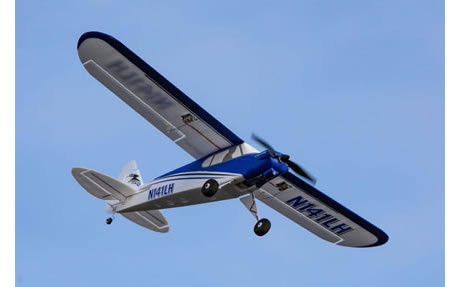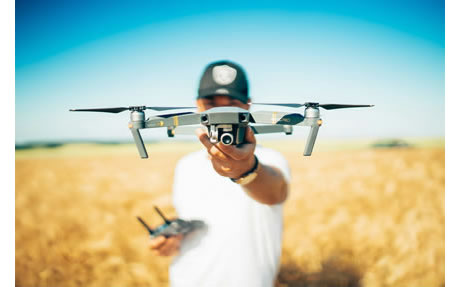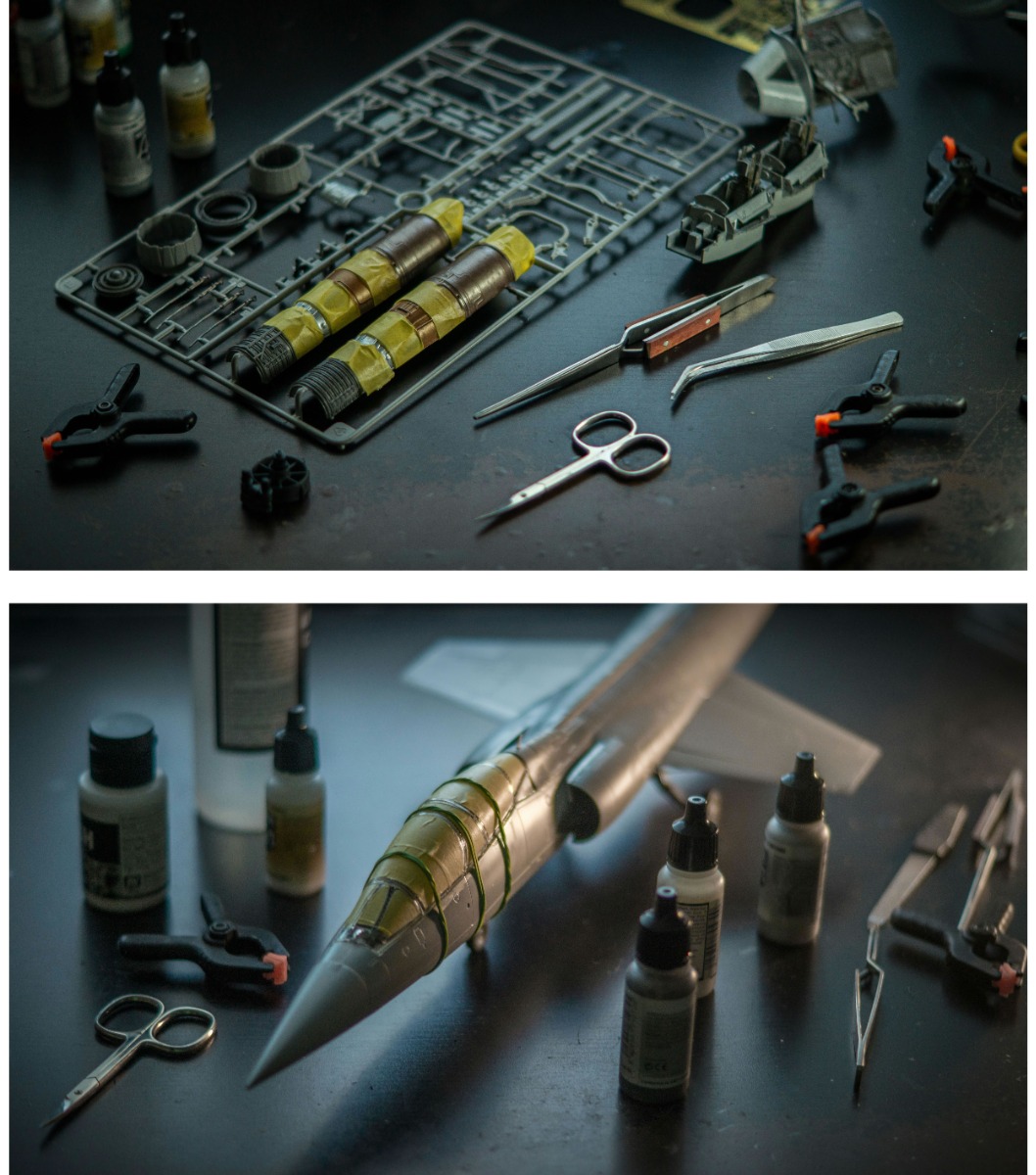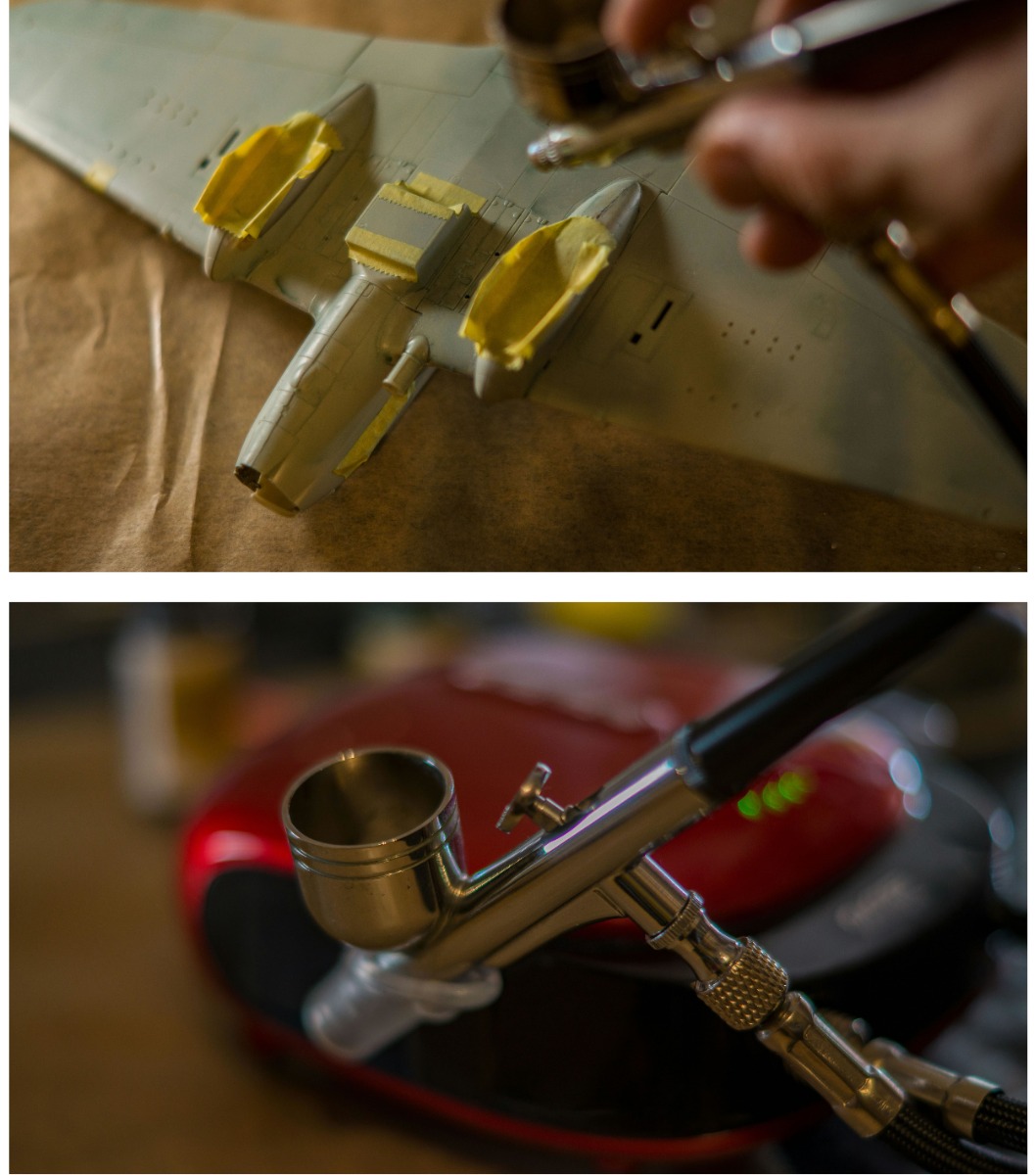IBG Models 1/72 Cromwell Mk.IV British Tank (Hull type D) # 72103
The Cromwell Mk.IV, also known as the Cromwell Mark IV, was a British tank used during World War II. It was developed as an improved version of the earlier Cromwell tanks and was widely deployed by British and Commonwealth forces in various theaters of the war.
The Cromwell Mk.IV featured the Hull Type D, which was a revised hull design compared to the earlier versions. The main characteristics of the Cromwell tank, including the Mk.IV with Hull Type D, are as follows:
Crew: The tank had a crew of five members, including the commander, gunner, loader, driver, and co-driver/radio operator.
Weight and Dimensions: The Cromwell Mk.IV had a combat weight of around 27 to 28 tons. It had a length of approximately 6.40 meters, a width of 3.07 meters, and a height of 2.70 meters.
Armor: The tank's armor was relatively thin compared to some other contemporary tanks. It had a maximum thickness of 76mm on the front of the hull and turret. However, the sloping design provided some degree of protection.
Armament: The primary armament of the Cromwell Mk.IV was a 75mm Ordnance QF (Quick Firing) gun, which was effective against enemy tanks and fortifications. It was complemented by a coaxial 7.92mm Besa machine gun and another machine gun mounted in the hull.
Engine: The Cromwell Mk.IV was powered by a Rolls-Royce Meteor V12 petrol engine, which produced around 600 horsepower. This engine provided the tank with a maximum road speed of approximately 40 to 51 kilometers per hour (25 to 32 miles per hour), depending on the terrain.
Mobility: The tank had a Christie suspension system, which contributed to its relatively high speed and good mobility over various terrains. It had a range of around 193 kilometers (120 miles) on roads.
The Cromwell tanks, including the Mk.IV, played a significant role in the later stages of World War II, particularly in the Northwest Europe campaign after the D-Day invasion. They were used in armored divisions and played a part in the Allied efforts to push back German forces. The Cromwell was known for its speed and maneuverability, making it effective in exploitation roles and supporting infantry operations.





















 Spread the cost with Paypal Credit
Spread the cost with Paypal Credit
 Spread the cost with Klarna
Spread the cost with Klarna









